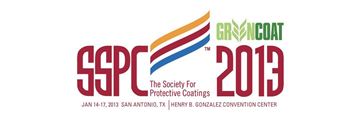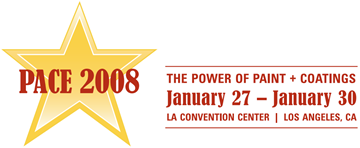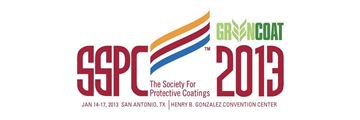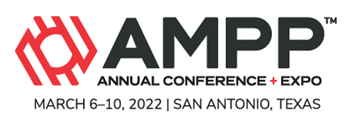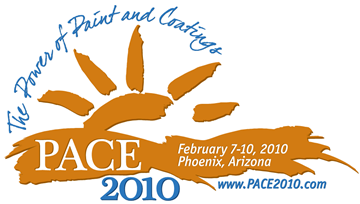Search
Individual Conference Papers
View as
Sort by
Display
per page
Modernizing Shipbuilding with Blast and Paint Facilities: General Dynamics NASSCO redesigned its shipyard and operations to become a US leader in shipbuilding.
Product Number:
41213-796-SG
Publication Date:
2013
$20.00
Modification of Surface Properties of Metals by Sol-Gel Coatings
Product Number:
41205-178-SG
Publication Date:
2005
$20.00
Modified Cathodic Disbondment Test Methods for Comparing the Performance of HPPC and FBE Coatings
Product Number:
51321-16219-SG
Publication Date:
2021
$20.00
Modified magnetite surface layers on carbon steel in aqueous CO2 environments
Product Number:
51323-19127-SG
Publication Date:
2023
$20.00
Modifying Martensitic Steels to Reduce Susceptibility to Hydrogen Embrittlement by Heat Treatment and Mo Addition
Product Number:
51324-20964-SG
Publication Date:
2024
$40.00
Moisture Cured Polyurethane Saves the Day
Product Number:
41208-442-SG
Publication Date:
2008
$20.00
Moisture in Historic Commercial Building Walls – Approaches to Assessment and Restoration
Product Number:
41213-752-SG
Publication Date:
2013
$20.00
Moisture Management In Thermal Insulations For In-Service And Out Of Service Pipelines
Product Number:
51322-17594-SG
Publication Date:
2022
$20.00
Moisture Mitigation in Concrete Floors and Walls
Product Number:
41210-563-SG
Publication Date:
2010
$20.00
Moisture Test methods, Comparisons, Commonalities and Dissimilarities
Product Number:
41215-929-SG
Publication Date:
2015
$20.00
Moisture Testing and Inspecting for Concrete Floors to Receive Coatings
Product Number:
41216-991-SG
Publication Date:
2016
$20.00
Moisture Vapor Emission Rates of Concrete Floors – Can Moisture Meters be used Instead of Calcium Chloride?
Product Number:
41212-666-SG
Publication Date:
2012
$20.00

